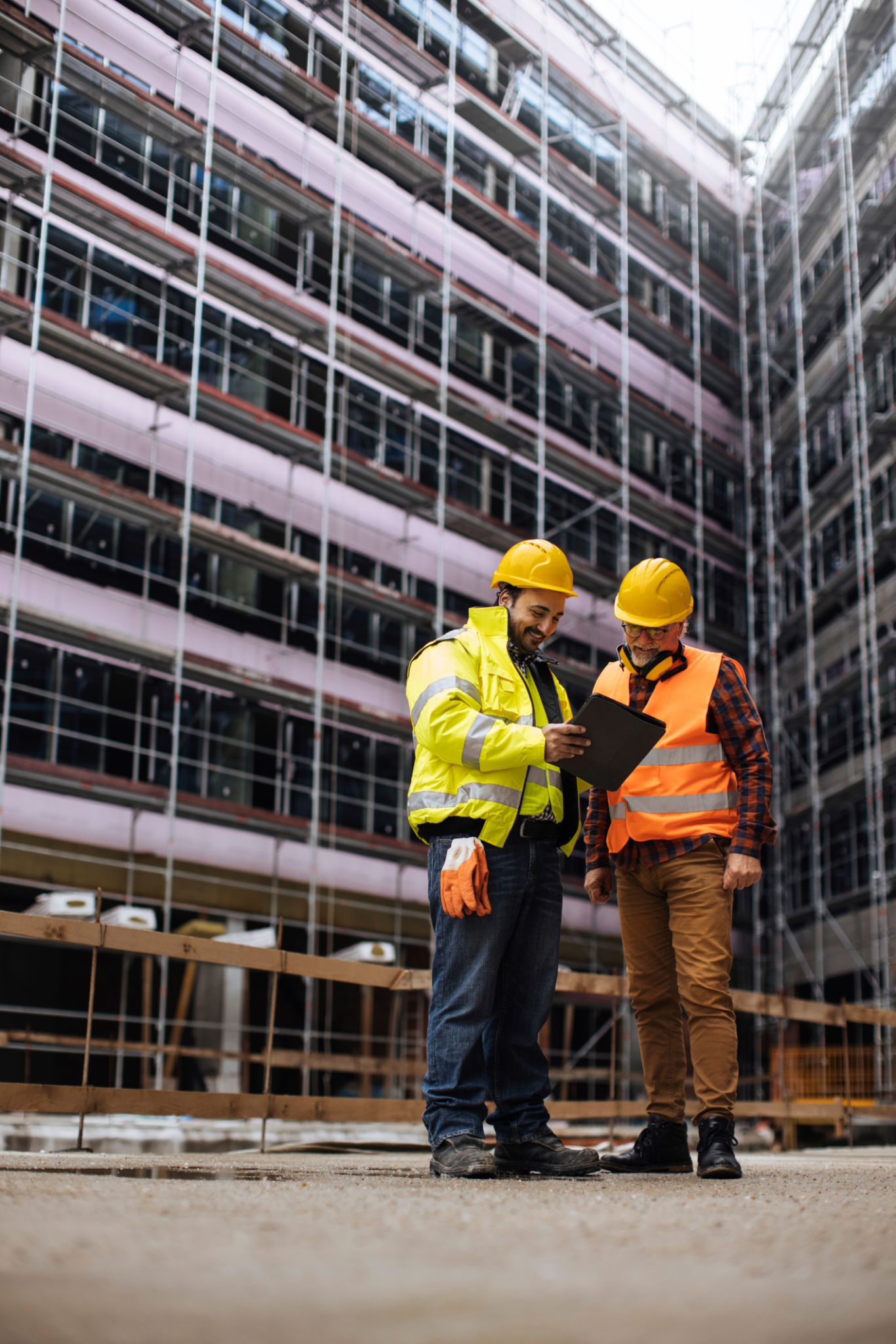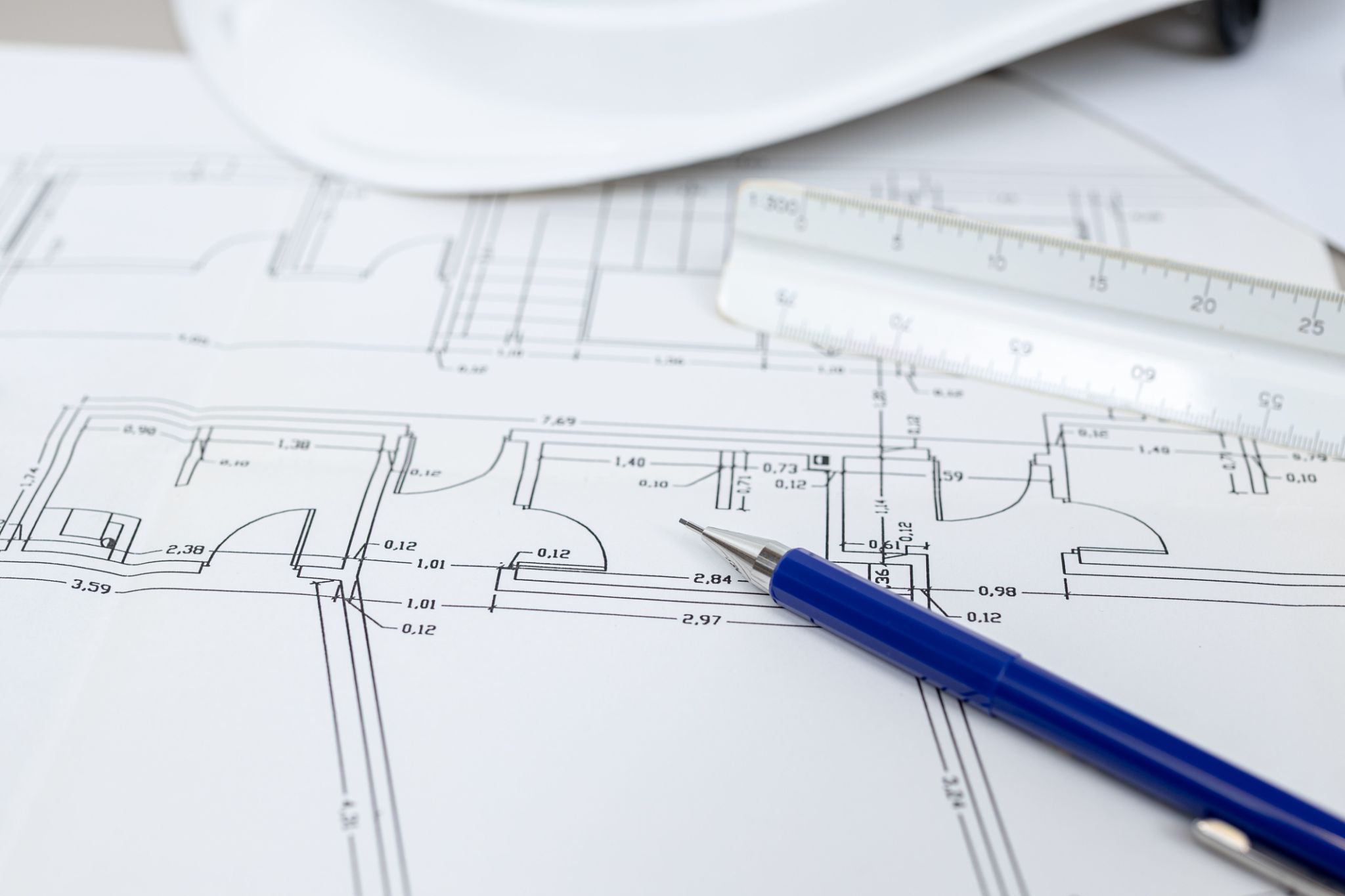Understanding Miami's Building Codes and Regulations
Introduction to Miami's Building Codes
Miami is a vibrant city known for its unique architecture and bustling construction industry. However, building in Miami requires a thorough understanding of local building codes and regulations. These codes are essential for ensuring that all structures are safe and compliant with the city's standards. Whether you're a developer, architect, or homeowner, knowing these codes is crucial for any construction project.

The Importance of Building Codes
Building codes in Miami are designed to protect public health, safety, and welfare. They provide guidelines for structural integrity, fire safety, and energy efficiency. Adhering to these codes is not just about compliance; it's about ensuring that buildings can withstand Miami's unique environmental challenges, such as hurricanes and flooding.
Miami's position as a coastal city makes it particularly vulnerable to severe weather conditions. Therefore, building codes here are stringent, requiring materials and designs that can endure high winds and heavy rains. This focus on resilience is vital for safeguarding both property and lives.
Key Regulations to Consider
When embarking on a construction project in Miami, several key regulations must be considered:
- Flood Zone Compliance: Given Miami's susceptibility to flooding, structures must comply with specific elevation requirements.
- Wind Load Requirements: Buildings must be designed to withstand hurricane-force winds, which can exceed 150 miles per hour.
- Energy Efficiency Standards: The city encourages sustainable building practices that reduce energy consumption.

Permitting Process
The permitting process in Miami is a critical step in ensuring that your project adheres to the city's building codes. This process involves submitting detailed plans and specifications to the local building department. The review process ensures that all aspects of the project comply with applicable codes and regulations.
Once the plans are approved, permits are issued, allowing construction to proceed. It's important to note that inspections will be conducted at various stages to verify compliance with the approved plans and building codes. These inspections are essential for maintaining the safety and integrity of the construction.
Common Challenges
Despite the clear guidelines, navigating Miami's building codes can be challenging. Common issues include:
- Zoning Conflicts: Ensuring that the intended use of the property aligns with local zoning laws.
- Environmental Concerns: Addressing the impact of construction on local ecosystems.
- Historical Preservation: Some areas require additional considerations to preserve historical integrity.

Conclusion
Understanding and adhering to Miami's building codes and regulations is crucial for anyone involved in construction within the city. These codes not only ensure the safety and durability of buildings but also protect the community and environment. By staying informed and compliant, developers and builders can contribute to the sustainable growth of this dynamic city.
In summary, while the process may seem daunting, it is a necessary part of maintaining Miami's architectural heritage and resilience against natural challenges. As the city continues to grow, these regulations will play a pivotal role in shaping its future landscape.
